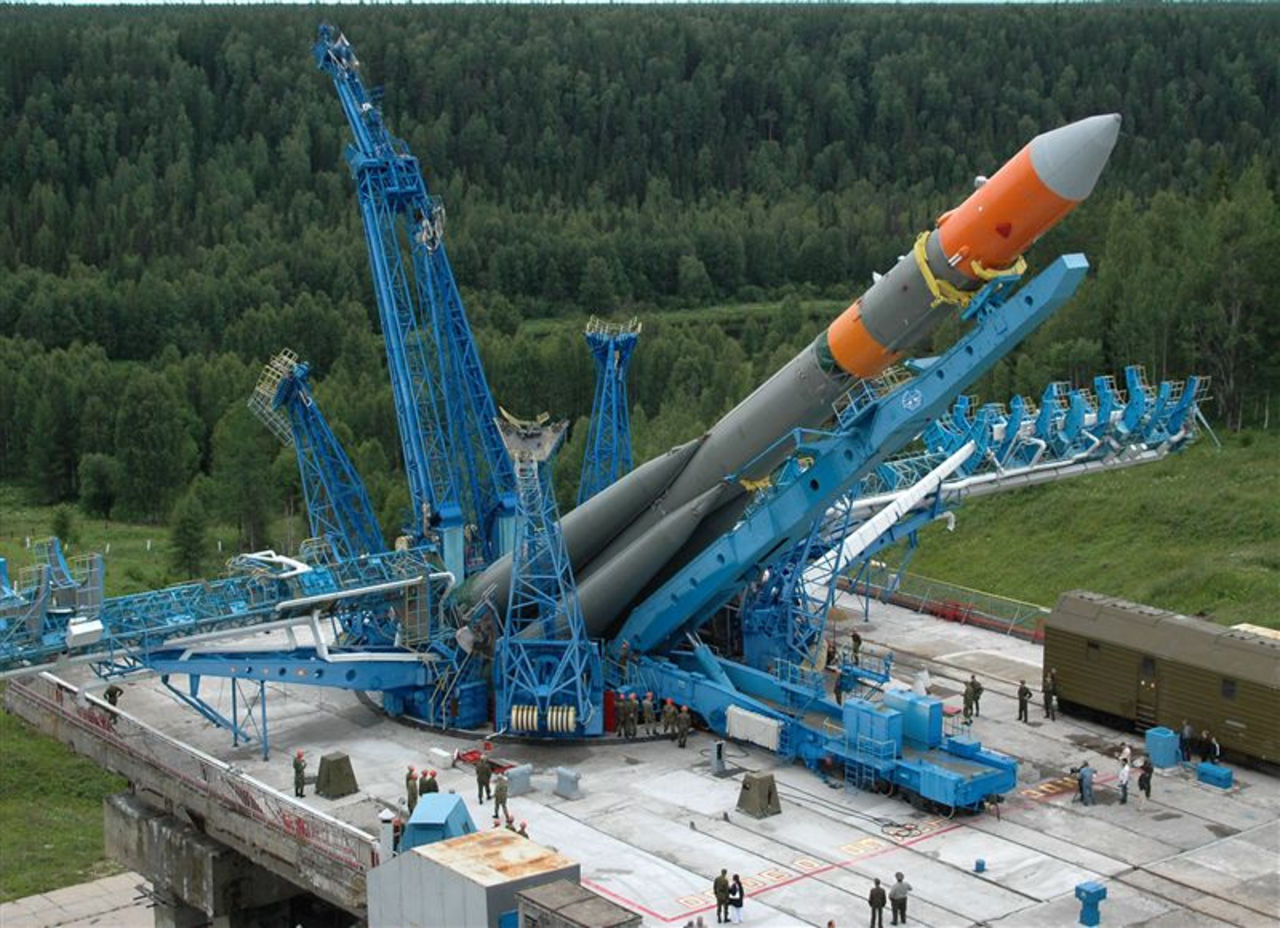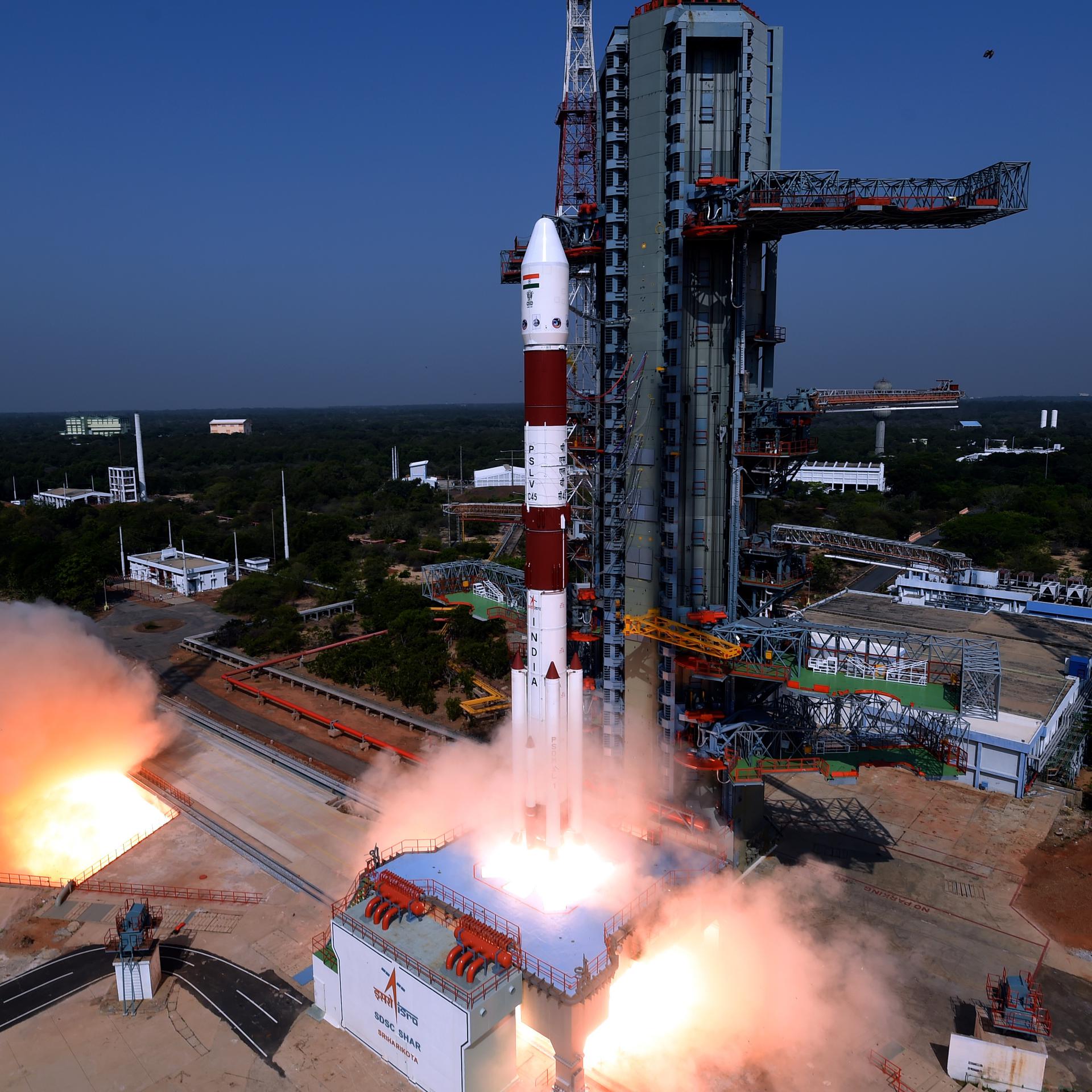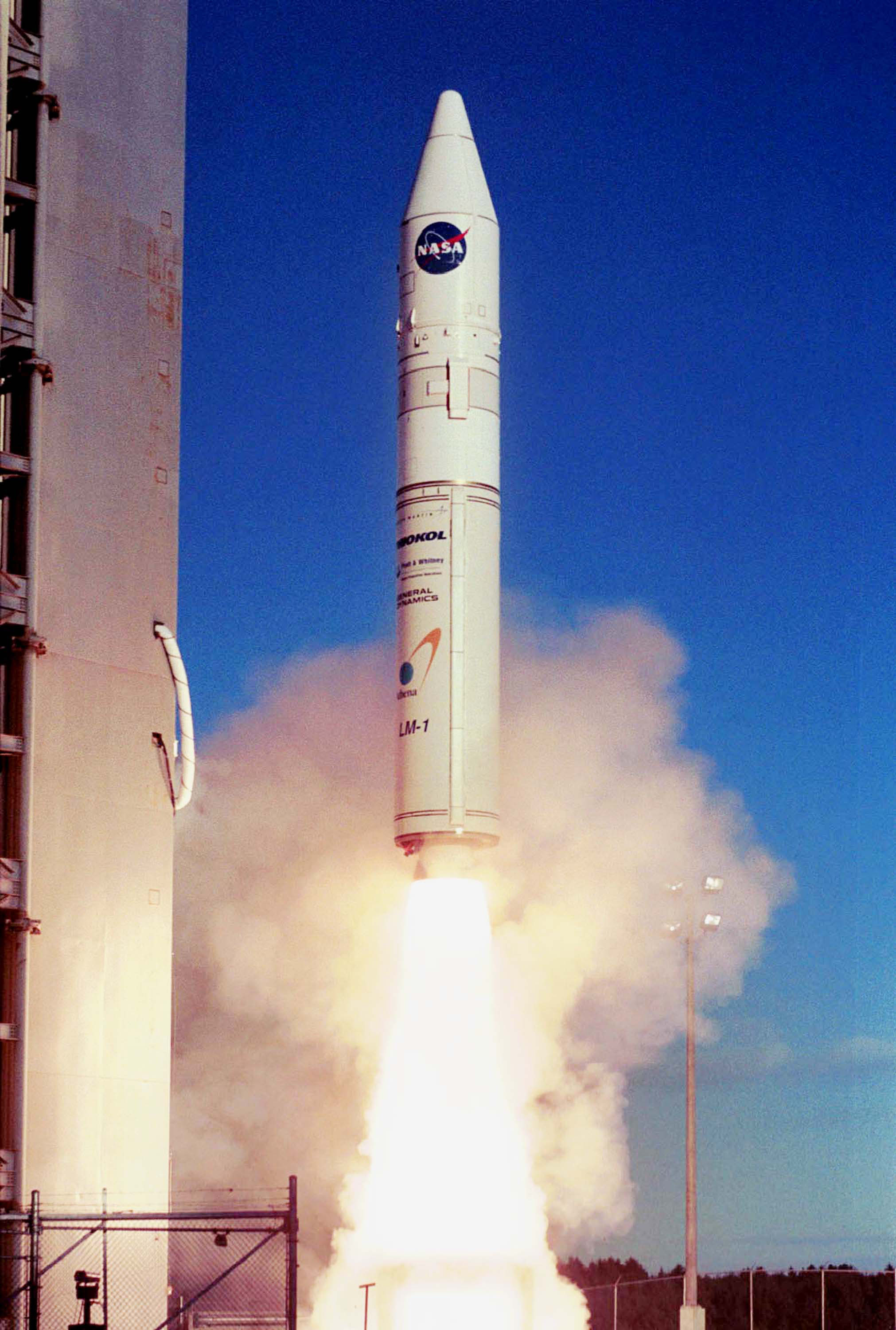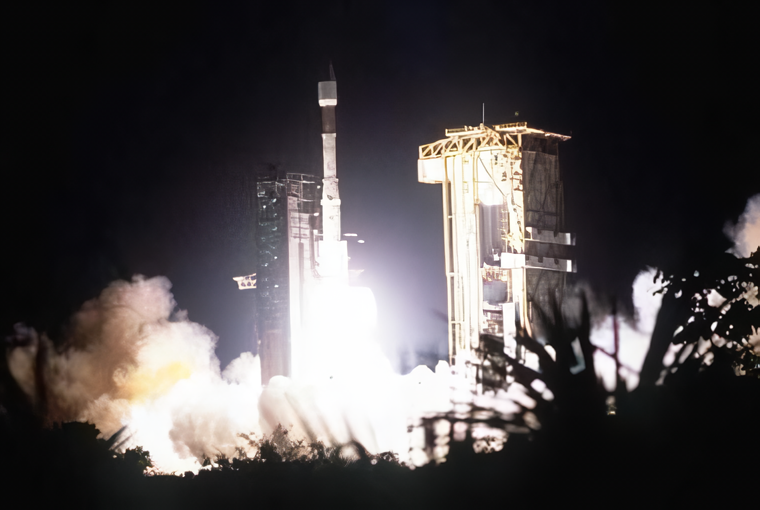Previous Spaceflight Launches
Filter by Agency, Locations or Vehicles
Show All LaunchesSoyuz-FG | Progress M1-7
Progress Rocket Space Center | RussiaBaikonur Cosmodrome, Republic of Kazakhstan
Nov. 26, 2001, 6:24 p.m.
Molniya-M | Molniya-3 64L
Russian Space Forces | RussiaPlesetsk Cosmodrome, Russian Federation
Oct. 25, 2001, 11:34 a.m.
PSLV | TES
Indian Space Research Organization | IndiaSatish Dhawan Space Centre, India
Oct. 22, 2001, 4:53 a.m.
Status: Launch Successful
Mission:
Technology Experiment Satellite (TES) is Indian remote sensing and photo-reconnaissance satellite. The 1108 kg satellite carries a one-meter resolution panchromatic camera is an experimental satellite to demonstrate and validate, in orbit, technologies that could be used in the future satellites of Indian Space Research Organisation (ISRO). It was successfully placed in 572 km Sun-synchronous orbit on 22 October 2001 using the PSLV-C3. The PSLV-C3 also injected two more satellites: PROBA, a Belgian satellite and BIRD, a German satellite.
Sun-Synchronous OrbitSoyuz U | Soyuz TM-33
Russian Federal Space Agency (ROSCOSMOS) | RussiaBaikonur Cosmodrome, Republic of Kazakhstan
Oct. 21, 2001, 8:59 a.m.
Status: Launch Successful
Mission:
Soyuz TM-33 was a visiting mission to ISS, which carried 3 cosmonauts and astronauts. Russian Commander, cosmonaut Viktor Afanasyev alongside Flight Engineer, ESA astronaut Claudie Haigneré and Flight Engineer/Spaceflight Participant, Konstantin Kozeyev launched aboard the Soyuz spacecraft on October 21, 2001, 08:59:35 UTC. They docked with the station two days later. During their stay there, crew assisted Expedition 3 members in station work. Soyuz TM-33 crew returned aboard Soyuz TM-32, landing safely back on Earth on October 31, 2001, 05:00:00 UTC.
Low Earth OrbitDelta II | QuickBird 2
United Launch Alliance | United States of AmericaVandenberg SFB, CA, USA
Oct. 18, 2001, 6:51 p.m.
Atlas IIAS | NROL-12
Lockheed Martin | United States of AmericaCape Canaveral SFS, FL, USA
Oct. 11, 2001, 2:32 a.m.
Status: Launch Successful
Mission:
The primary purpose of the SDS satellites is to relay imagery from low-flying reconnaissance satellites, notably the Keyhole optical reconnaissance and Lacrosse/Onyx radar reconnaissance satellites to ground stations in the United States.
Geostationary OrbitProton | Raduga-1 6
Khrunichev State Research and Production Space Center | RussiaBaikonur Cosmodrome, Republic of Kazakhstan
Oct. 6, 2001, 4:45 p.m.
Titan 404B | NROL-14
Lockheed Martin | United States of AmericaVandenberg SFB, CA, USA
Oct. 5, 2001, 9:21 p.m.
Athena I | Starshine-OSCAR-43
Lockheed Martin | United States of AmericaPacific Spaceport Complex, Alaska, USA
Sept. 30, 2001, 2:40 a.m.
Ariane 44P | Atlantic Bird 2
Aérospatiale | FranceGuiana Space Centre, French Guiana
Sept. 25, 2001, 11:21 p.m.
Status: Launch Successful
Mission:
Alcatel Space has built Atlantic Bird 2 (26 channels in Ku Band for this Spacebus 3000 B2 Satellite) for Eutelsat. By meeting a rapid delivery schedule (16 month on ground delivery), which is made possible by an advanced production policy for the Spacebus-3000B2 platform, Alcatel Space has enabled Eutelsat to meet crucial back-up service requirements while expanding digital and multimedia services. In addition to the on-ground delivery of Atlantic Bird 2, Alcatel Space's prime contract with Eutelsat provides for the satellite's launch campaign, as well support for its operations and mission analysis.
Geosynchronous Orbit








